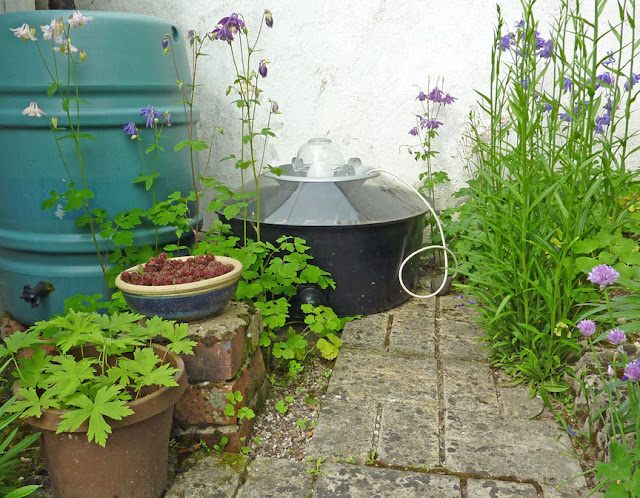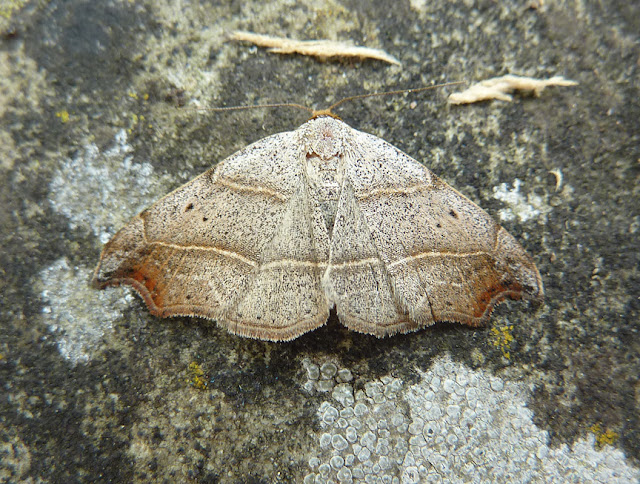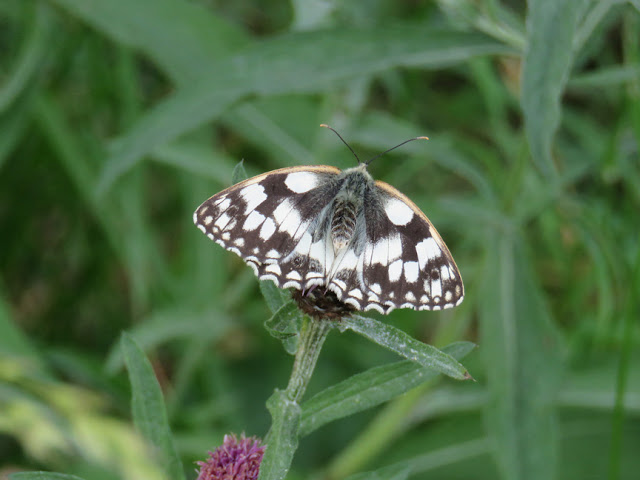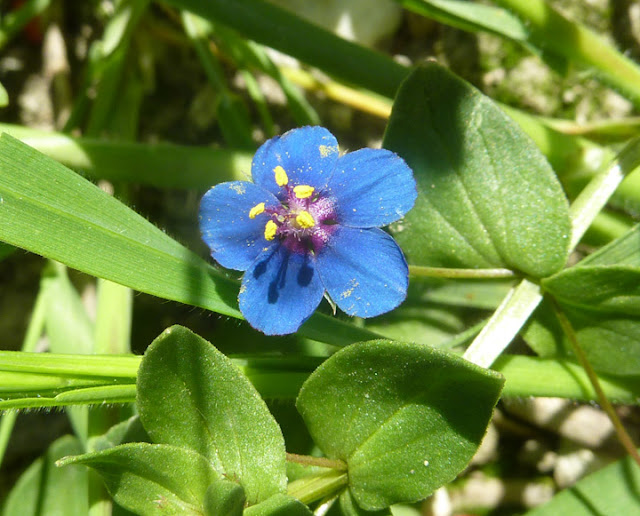Welcome, but not welcome

Sat hello to Cydalima perspectalis , otherwise known as the Boxworm Moth . It was first recorded in the UK some 10 years ago, but has only just started to spread out across the home counties and further afield. This Asian species was most probably imported with its foodplant, Box, but here lies the problem... it can be a pest on Box, which, when involving the cultivated specimens in people's gardens is merely an inconvenience... but let these moths loose on Box Hill and surrounds, then it could cause quite a problem for the truly wild, and local, Box. So when I found one nestled in the bottom of the garden MV this morning it was a mixture of delight (never seen one before) and horror (I'm not that far, as the moth flies from wild Box.)














